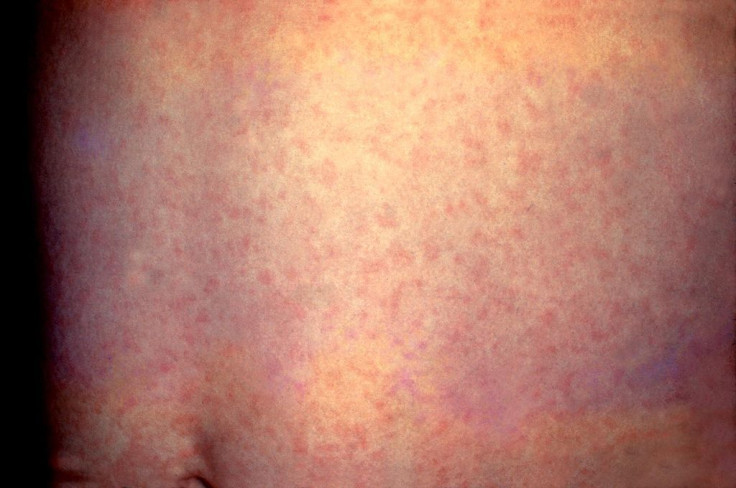Australia free from rubella disease: WHO

Rubella has been eliminated in Australia, the World Health Organisation confirmed on Wednesday. The United Nation agency said cases of the contagious disease, which is also known as German measles, in the country has dropped to just eight so far for 2018.
There had been over 4,000 cases of rubella in Australia in the early 1900s. It was in 1958 when it was said to be the most severe, with over 5,000 people were affected by multiple rubella epidemics. Majority of the eight cases reported in Australia this year have come from overseas. According to news.com.au, WHO has given Australia the eradication status because all spread of the disease are traced back to imported cases with no ongoing outbreaks lasting longer than 12 months.
Health Minister Greg Hunt has welcomed the news, saying it was a “highly significant public health accomplishment.”
“The elimination of rubella is a great day for public health in Australia and sends a powerful message that vaccination works,” he said. “I commend the efforts of Australia’s health professional over the decades and the millions of parents who ensure their children are always vaccinated.”
He added, “The science is in and the medical experts’ advice is absolute — vaccinations save lives and protect lives and they are an essential part of a healthy society.”
What is rubella
Rubella is an infection that causes fever, rash, joint pain and swollen lymph glands. It is transmitted in airborne droplets. For women who are in the early stages of their pregnancy, contracting rubella could result in miscarriage, foetal death or congenital defects known as congenital rubella syndrome (CRS). Children born with CRS could suffer from vision impairment, deafness and growth retardation.’
WHO recommends rubella vaccination to eliminate rubella and CRS. The disease is targeted for elimination in 5 WHO Regions by 2020.




















